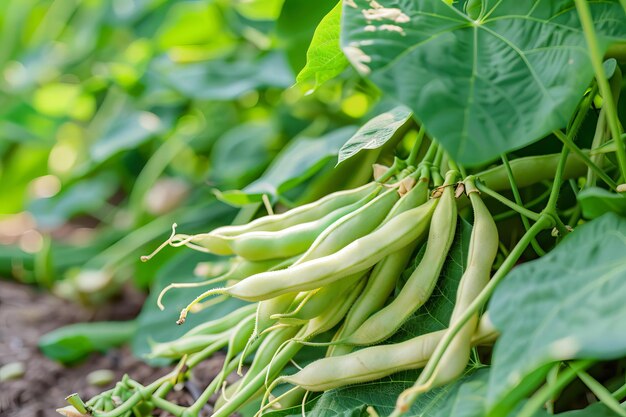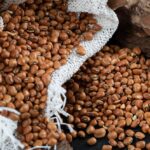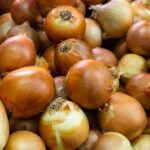Bean rust is a common fungal disease that affects various types of beans, including green beans. Early detection is crucial for managing this disease and preventing significant crop loss. Here are ten early signs that your green beans may have bean rust:
1. Yellow Spots on Leaves
One of the first indicators of bean rust is the appearance of small yellow spots on the upper surface of the leaves. These spots are caused by fungal spores and may gradually expand as the disease progresses.
2. Orange or Rust-Colored Pustules
As the disease develops, you may notice the emergence of rust-colored pustules on the undersides of the leaves. These pustules are filled with spores and can vary in size. They are a key sign that bean rust is present.
3. Leaf Curling or Distortion
Affected leaves may start to curl or become distorted as the disease takes hold. This curling is often a response to the stress caused by the fungal infection.
4. Premature Leaf Drop
If you observe leaves dropping from your green bean plants earlier than usual, this could be a sign of bean rust. The stress from the infection often leads to premature defoliation, reducing the plant’s overall health.
5. Stunted Growth
Plants infected with bean rust may show signs of stunted growth. If your green beans are not developing as expected or remain smaller than usual, the presence of rust could be the culprit.
6. Reduced Flowering
Bean rust can negatively affect the flowering process of green bean plants. If you notice fewer blooms than usual, it might be due to the stress caused by the disease.
7. Discoloration of Pods
In addition to leaves, bean rust can cause discoloration on the pods themselves. Affected pods may appear yellow or have rust-colored spots, indicating the spread of the disease.
8. Decreased Yield
As bean rust progresses, you may start to see a decrease in yield. If your harvest is significantly lower than expected, it may be due to the impact of the rust disease on your plants.
9. Presence of White or Grey Mold
In some cases, you might find white or grey mold forming on the leaves or pods. This can occur if the rust infection has advanced, leading to additional fungal infections in your garden.
10. Fungal Spores in the Air
During periods of high humidity, you may notice a dusty, rust-colored residue in the air around your bean plants. This is often a sign that the spores are being released and can lead to further spread of the disease.
Prevention and Management
To manage bean rust effectively, it’s essential to act quickly once you identify these signs. Here are some tips for prevention and management:
- Choose Resistant Varieties: Opt for bean varieties that are resistant to rust diseases.
- Rotate Crops: Avoid planting beans in the same location each year to reduce the risk of disease buildup in the soil.
- Proper Spacing: Ensure adequate spacing between plants to improve air circulation, reducing humidity and disease spread.
- Fungicide Application: If necessary, apply a fungicide labeled for use on beans to help control the infection.
- Regular Monitoring: Keep an eye on your plants for any signs of disease and take action promptly.
By recognizing the early signs of bean rust and implementing preventive measures, you can protect your green bean crop and ensure a healthy harvest.







